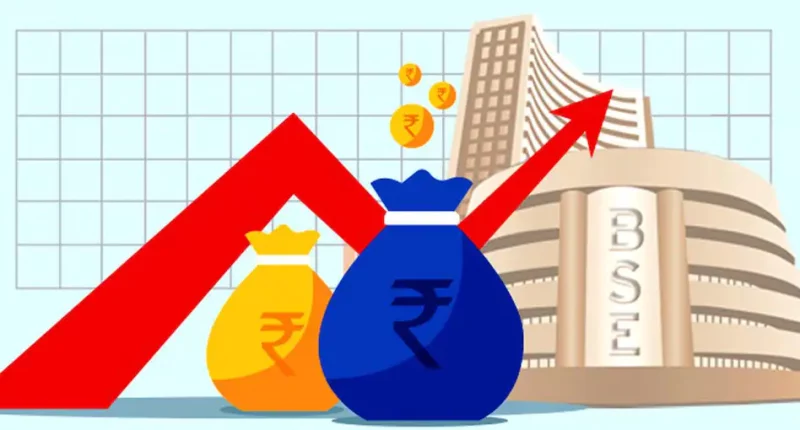When it comes to equity investing, the two approaches that an investor can suitably adopt include top-down and bottom-up techniques.
The top-down approach involves considering macroeconomic factors of the economy such as gross domestic product (GDP) trend, inflation rates, Reserve Bank of India’s (RBI’s) regulations, commodity prices, market index performance, interest rates and tax rates, etc, before identifying the sectors that would perform well.
For instance, during the phase of Covid-19 pandemic, the overall economy had witnessed a slowdown, while the healthcare and pharmaceutical segment registered a surge in demand. Considering the macroeconomic trend, investing in pharma stocks meant registering good returns for an investor.
On the other hand, the bottom-up approach focuses on the fundamental strengths of individual companies and their business performance before considering the macroeconomic factors.
The bottom-up approach is based on the premise that good companies will outperform the market irrespective of the fact that the overall market sentiments are not quite favourable.
An investor is required to analyse a company’s financial ratios, current and expected earnings, revenue of the company, performance of its management, type of product as well as market share, etc.
The top-down approach works quite well in case the equity market is being largely driven by macroeconomic factors.
Similarly, the bottom-up approach is suitable during phases when the market conditions as well as the macro conditions are normal. That is when a bottom-up approach can generate the most value.
While the top-down approach is effective in zeroing in on a particular sector an investor can pick, the bottom-up technique can help in choosing the most suitable companies in the said sector.
So, an investor can use a combination of both the top-down and bottom-up approaches to equity investing and create a diversified, low-risk portfolio that holds the potential to withstand market volatility to a large extent.

Rajiv is an independent editorial consultant for the last decade. Prior to this, he worked as a full-time journalist associated with various prominent print media houses. In his spare time, he loves to paint on canvas.





